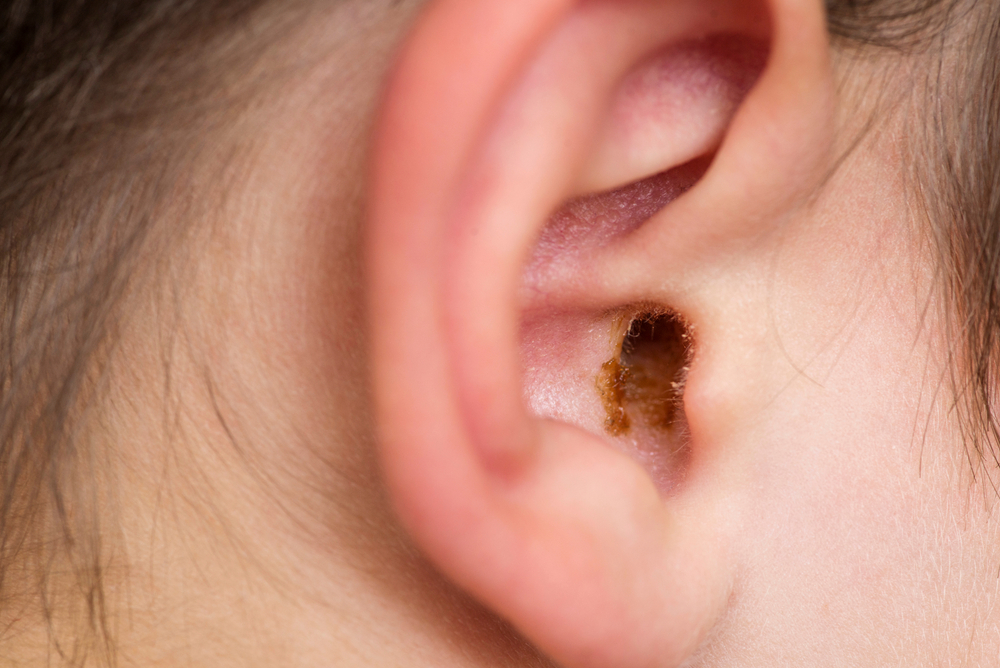
It’s likely that earwax and its accumulation haven’t been subjects of significant consideration for you, except maybe during ear hygiene sessions. Still, it’s essential to have an understanding of its purpose and how it forms.
So why does earwax accumulate?
Earwax, also scientifically called cerumen, is made up of a combination of sweat, skin particles, hair, debris, and ceruminous gland secretions. This earwax presents with a waxy texture and can exhibit shades of orange, yellow, gray, or brown.
While the production amount of earwax differs from individual to individual, adults typically produce less earwax than kids. Furthermore, adult earwax tends to be darker and harder compared to that of children.
Earwax goes by the outer ear canal leisurely, eventually reaching the ear opening, where it either self-expels or gets washed away when you bathe.
Why is earwax crucial?
Earwax serves several critical functions, such as:
- Fending off potential infections that may occur within the ear canal.
- Before things like dust, dirt, or other external debris go further up into the ear canal, earwax acts as a roadblock.
- Stopping itchiness and dryness by lubricating and protecting the lining of the ear canal.
Obstructions caused by earwax
Impacted earwax is a prevalent problem, but it’s usually the only time you need to be concerned about it. Impacted earwax can be the result of narrow or unusually shaped ear canals impeding the natural movement of earwax toward the ear’s periphery.
Wax can be unintentionally crammed up into the ear canal by utilizing improper cleaning practices like using cotton swabs.
Individuals grappling with hearing loss who utilize earplugs or hearing aids are also susceptible to experiencing ear canal blockages.
How excessive earwax can impact hearing
The occurrence of earwax blockages may yield slight discomfort and impact auditory health.
In addition, substantial buildup of earwax can induce tinnitus, a feeling of ringing in the ears.
Acoustic trauma might lead to long-term hearing loss, perforated eardrums, and long-term hearing loss if earwax obstructions go ignored.
How do you tackle impacted wax?
It’s crucial that you contact us as soon as you can if you think your ears may be blocked by earwax. Depending on the severity of the blockage, you may be advised to make use of over-the-counter wax softening drops or a bulb syringe for gentle irrigation to relieve the condition.
If you’re concerned about your earwax buildup, call us today to schedule an appointment.
